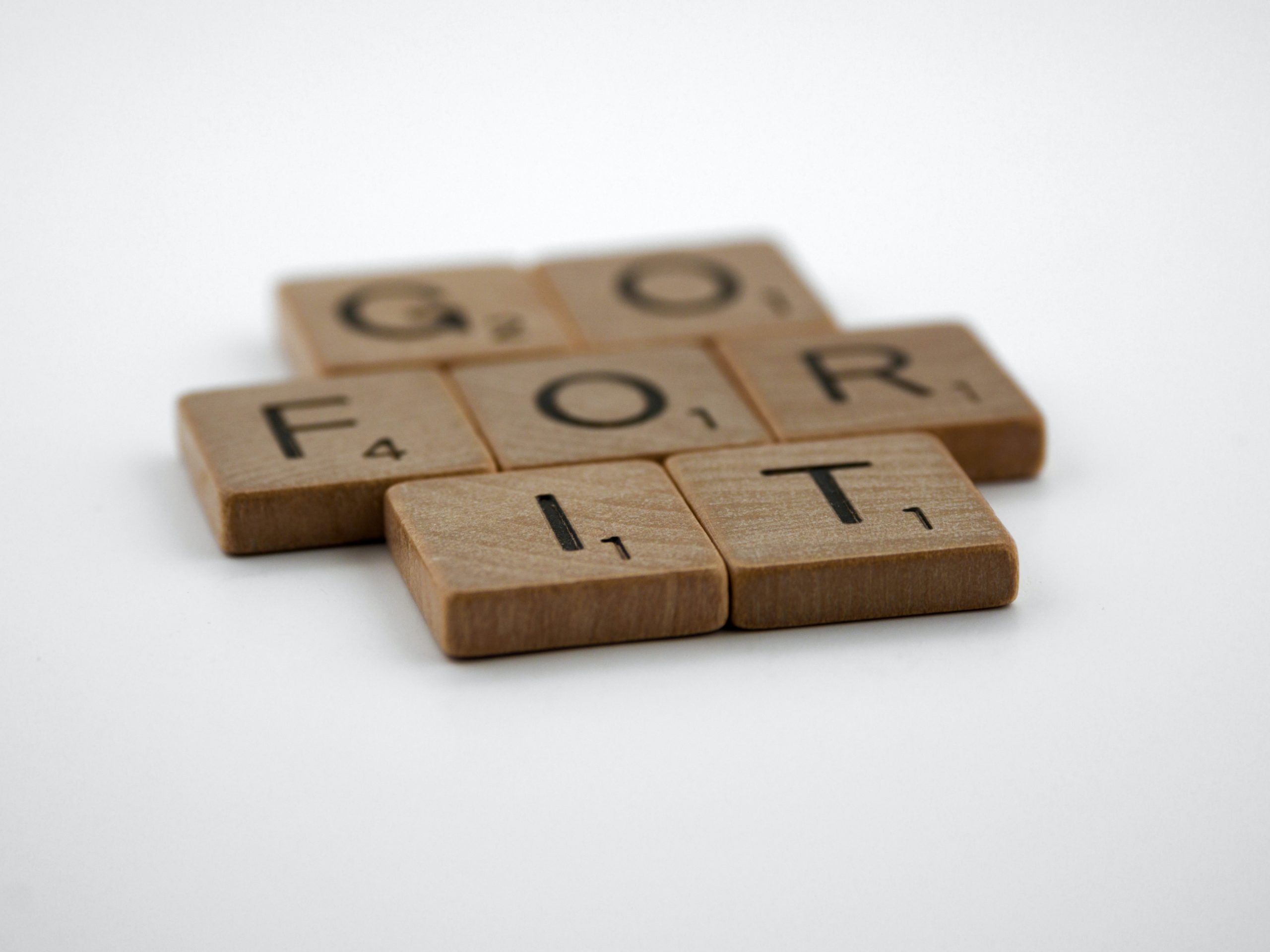For many people, the call to action is an important concept that they aren’t sure how to execute. It’s a key component of any webpage and can help remove friction in moving down the sales funnel. In this blog post, we’re going to discuss why you need them and why they’re so important!
What is a call to action, actually?
A call to action is a tool that helps guide your customers in the direction you want them to go. It’s like a traffic light: green means “go,” red means “stop” and yellow means “slow down.” When it comes to call-to-action buttons, there are three types of CTAs—the button CTA, which has an explicit call (such as BUY NOW or SIGN UP) on it; the image CTA, which doesn’t have an explicit call but relies on its visual design elements alone for guidance (like DOWNLOAD PDF); and finally text with links, often referred to as ‘CTALs’, where multiple actions can be taken from one link.
Designing effective persuasive copy isn’t as difficult as it might seem. If you tell people how your call-to-action will resolve their current problem, they’ll be more likely to buy whatever the call is for from you.
The call to action button on a website can come in three flavours: text with links, an image CTA or a more explicit call to action (CTA). The latter two are less likely to send users through the sales funnel because there’s no clear call like there would be on a button CTA that says “BUY NOW.” You need CTAs if you want customers who visit your site and stay engaged during all of your content before buying anything. But when designing these buttons keep in mind what type of customer behaviour you want to trigger.
CTA statistics 2021
There are many studies and statistical analysis proving how important these small things can be for your conversion rates – so let’s see some 2022 marketing statistics! Here are just three of them with their percentages:
*82% of internet users say they click on links or ads if they appear above the page fold* (Moz) – this means that calls to actions on your website should be visible and easily noticeable before the user scrolls down.
*81% of people who call a business after seeing it on the internet call again* (Moz) – this means that you have to keep your call to action in view at all times.
*14-28% increase in conversion rates for marketers who use calls to actions on their landing pages* (Demand Metric) This is why call to actions are important because they allow viewers and customers an easy way out, and can help boost conversions as well!
The key takeaway from these numbers is clear: by adding call-to-actions wherever possible, we will be able to see increased conversion rates as more users take the desired action. So don’t neglect those small things! Make sure every page has some kind of callout.
Benefits of CTA
A call to action makes it clear to potential customers which action to take next and helps remove friction in moving the user down the sales funnel. A call-to-action can be as simple as a button that leads your reader or customer on to another webpage, such as “BUY NOW” or “CONTINUE TO THE NEXT PAGE.” When you create an effective CTA for your content, you’re telling them how they should feel about what you just shared with them (e.g., they have learned valuable information) and then giving them a way of demonstrating that knowledge by clicking through.
The call-to-action is also important because it tells readers where their attention goes when reading online content: namely, towards whatever element of the page is designated as their call-to-action. In other words, if you have a call to action on your webpage and nothing else of note, then where should readers’ attention go?
The call-to-action will be more effective (and create more conversions) when it’s easy for customers or readers to find what they are looking for. Keep this in mind when designing the call-to-action button: make sure that its placement makes sense with respect to how visitors typically read online content. For instance, making “CONTINUE TO THE NEXT PAGE” at the bottom of the article may not make much sense if most people reading articles scroll all the way down before clicking through – which means putting it near the top of the page would be a better idea.
Examples of effective CTA
– “Add To Cart” is an example of a call to action that tells the user what they are about to do and encourages them to complete their purchase. A call to action should be placed prominently on your webpage, in plain sight without any distractions so as not to confuse or distract visitors from clicking it
Effective CTA call-to-action buttons should include a clear explanation of how someone can take immediate steps toward achieving their goal by making a decision or taking some specific kind of step (e.g., buying something).
– “Contact Us” is an example call to action for a company that would like prospects to call them. The company can use this CTA button on their website as it’s clear what the visitor will do if they click it and there are no distractions from other elements on the page.
– “Download Now” is another good call to action because visitors who see it know where to go in order to get hooked up with some valuable content (in this case, a PDF). In addition, it offers visitors something of value without any commitment necessary so even those people who were just browsing might be convinced into taking the next step by clicking.
A call-to-action should also include text about how someone can take the next step. For example, “Add to Cart” is a call-to-action that includes the text: Add To Cart Before The Offer Expires
A call to action should be made in plain sight and without any distractions so as not to confuse or distract visitors from clicking it It sends prospects down the sales funnel where they are more likely you make a purchase call, contact your company or download content. A call-to-action button should include an explanation of how someone can take immediate steps toward achieving their goal by making some decision or taking some specific kind of step (e.g., buying something). If you want customers who click on this CTA button to call your business right away then use words like “Contact Us”, “Call Now” or “Talk To Us”.
CTA best practices
- For call to actions, use action verbs: “Start your free trial,” not “Free Trial.” Or “Register now” rather than just a link. You want the call to action to be explicit and make it clear what they need to do next – otherwise people will simply click on links until something works, which might never happen if you don’t include buttons!
- Make sure that all of your call to action button text is descriptive enough for users know exactly what happens when they push or interact with them. This includes making sure that an empty CTA has some kind of text so people know how they are supposed feel about interacting with it (e.g., instead of leaving it blank, write ‘No thanks.’).
- Include clear wording about what action is required from the visitor (e.g., “Subscribe Now!”)
- Be concise – one sentence or phrase at most
- Provide value by answering key questions potential customers might have if they were to take the desired action (e.g., “What will you get? What does it cost? How do I subscribe?) – this also includes providing social proof on the call-to-action button
- Use urgency to persuade visitors that they need to act now (e.g., “Order Today”)
- Provide a clear call-to-action button – for example, orange text or an arrow pointing down
What is the best CTA, then?
It’s difficult to determine the best call-to-action for a website. We recommend constantly testing different CTAs, and learning which ones are most successful in terms of leads generated.
Over to you
Do you really need a CTA? Yes, you do! Otherwise you’re missing big time. Nowadays people don’t have time and patience for browsing so they focus on the call to action button before deciding what to do next.
The call to action is a key element of your webpage which acts as an indication that tells people what their next step should be. A call to action makes it clear which actions potential customers should take, reducing friction in moving them down the sales funnel.
And that’s why you shouldn’t underestimate them.


